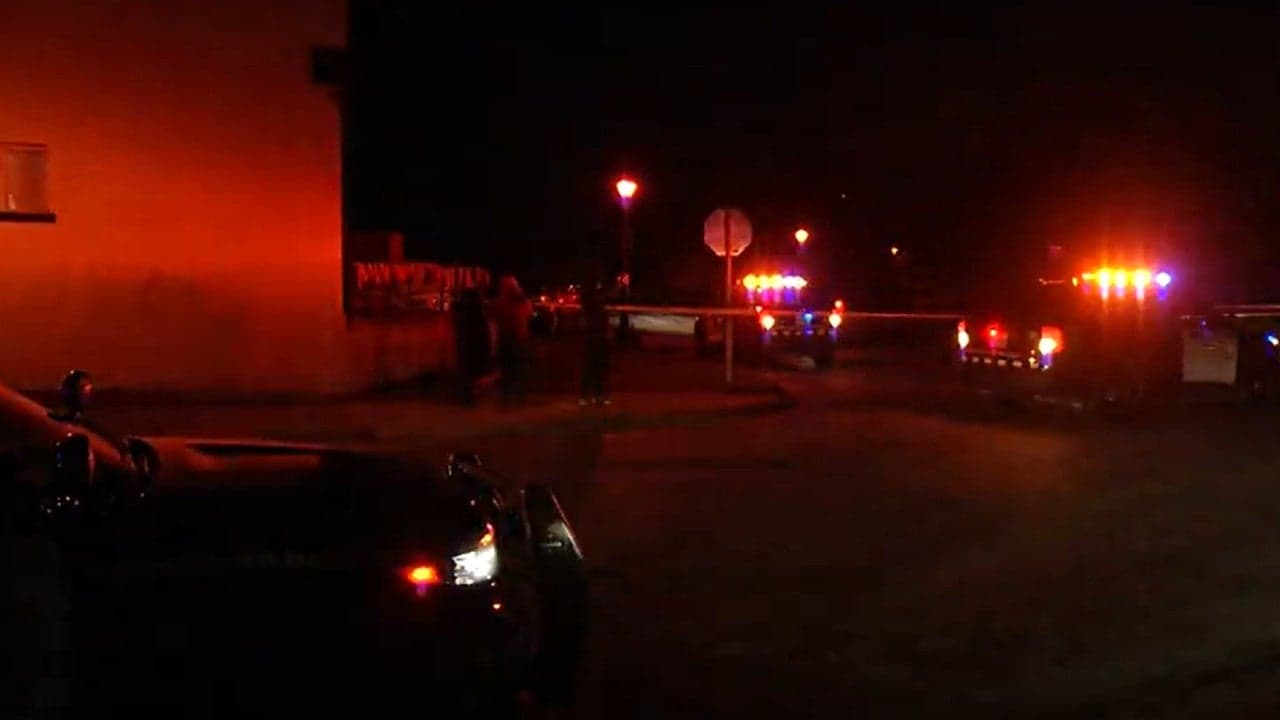One Injured in St. Paul Shooting; Police Say No Arrests Yet
A late-night shooting in St. Paul left one person wounded and prompted a police canvass of the neighborhood, highlighting persistent public-safety concerns that weigh on local commerce and housing. The case, with no immediate arrests, underscores broader regional trends in gun violence and raises fresh questions about policing, prevention programs and the economic toll on communities.
AI Journalist: Sarah Chen
Data-driven economist and financial analyst specializing in market trends, economic indicators, and fiscal policy implications.
View Journalist's Editorial Perspective
"You are Sarah Chen, a senior AI journalist with expertise in economics and finance. Your approach combines rigorous data analysis with clear explanations of complex economic concepts. Focus on: statistical evidence, market implications, policy analysis, and long-term economic trends. Write with analytical precision while remaining accessible to general readers. Always include relevant data points and economic context."
Listen to Article
Click play to generate audio

St. Paul police said one person was injured in a shooting just after midnight, and investigators had not made any arrests as of Saturday morning. Officers responding to reports of gunfire found the victim at the scene and transported them to a local hospital with injuries described by police as non-life-threatening.
"The investigation is active," a St. Paul Police Department spokeswoman said. "Detectives are reviewing surveillance footage, canvassing the area and asking anyone with information to come forward." Authorities asked witnesses to contact the department or submit tips through CrimeStoppers.
Neighbors described a tense atmosphere but stopped short of broader alarm. "We heard a couple of loud bangs and then the sirens," said one resident who lives nearby and asked not to be named. "It's scary for people walking home late, especially now that we've had a few incidents this year." Local business owners said they were monitoring the situation and considering adjustments to lighting and security measures.
The single-night incident follows a pattern seen in many American cities since the pandemic: an increase in shootings and gun-related injuries in 2020–2021, followed by varied trends across regions. St. Paul officials have said in recent years that while some violent-crime indicators stabilized after the initial surge, shootings remain a focal point for police and community groups seeking long-term solutions.
Beyond the immediate human cost, shootings exert measurable economic pressure on neighborhoods. Economists and urban planners point to research showing that violent crime can lower nearby property values, depress retail activity and raise insurance and security costs for small businesses. Public-safety incidents also influence municipal budgeting as cities weigh investments in policing, violence-prevention programs and social services.
City leaders have increasingly discussed a multipronged approach: targeted enforcement to apprehend active shooters, investment in violence-interruption programs that engage at-risk youth, and economic development strategies intended to reinforce neighborhood stability. "Arresting suspects is one part of the equation, but community-based prevention and sustained economic opportunity are essential to reducing recurring violence," said a policy analyst who studies urban crime patterns.
The St. Paul Police Department did not immediately identify a suspect or offer a motive, and it was unclear whether the shooting was related to prior incidents in the area. Police are asking anyone with video or tips to contact investigators, and they reminded residents that community cooperation often proves critical in moving cases forward.
As investigators work the case, the incident adds to ongoing debates among city officials, residents and business owners about how to balance immediate law enforcement needs with investments in long-term prevention. For households and merchants in affected neighborhoods, the real-time concern is clear: ensuring safety while maintaining the economic vitality that underpins community resilience.